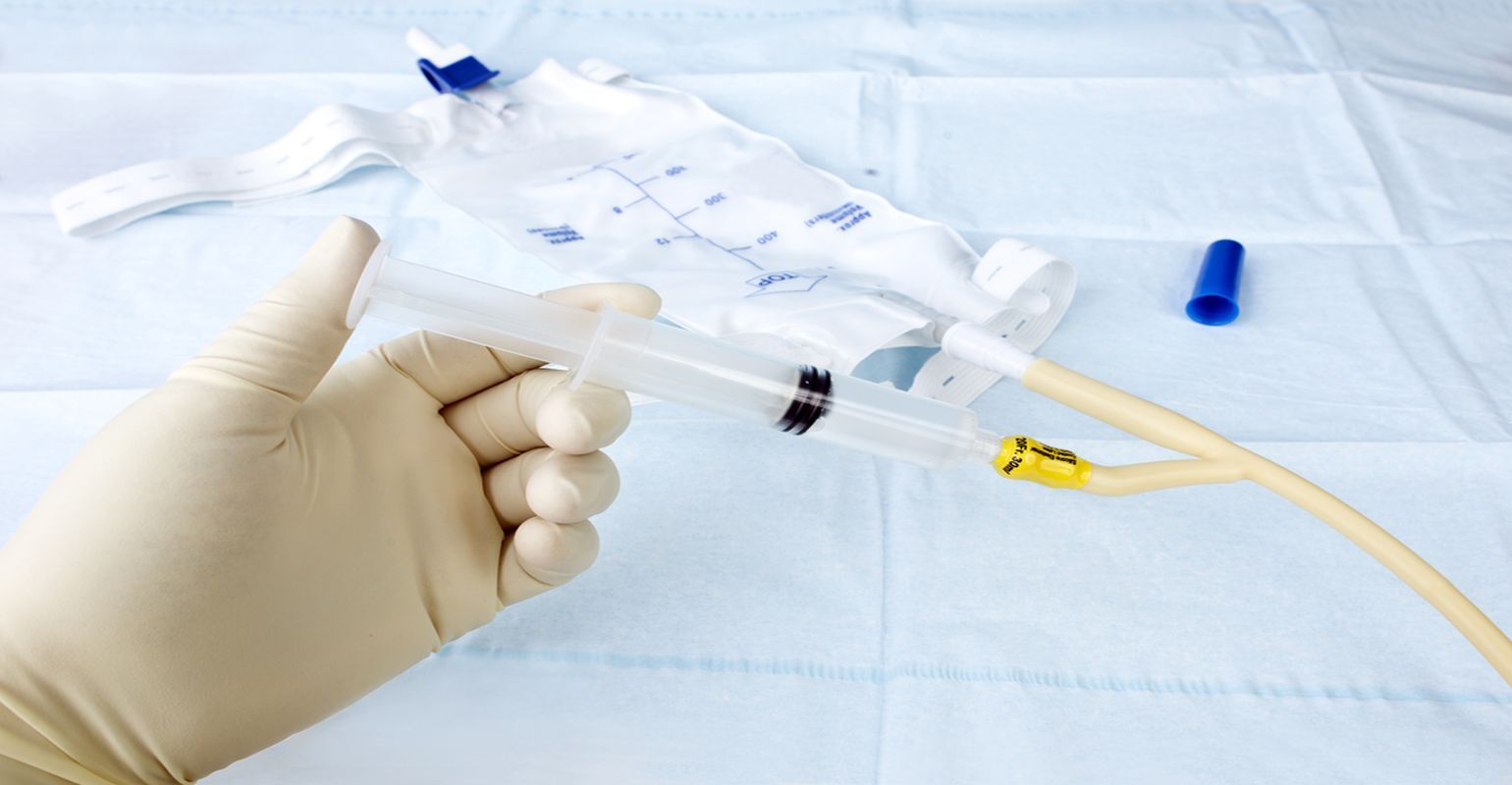Reducing Urinalysis Screening Could Improve Antimicrobial Stewardship
Reducing tests has benefits like better antibiotic use and fewer hospital infections. It can also prevent some cases of catheter-associated UTIs.
(Adobe Stock, unknown)

Limiting the urine cultures (UCX) sent for diagnostic workup of suspected infections and fever could improve antibiotic stewardship and reduce antibiotic resistance pressures, a review presented in a poster at the Association of Infection Prevention and Epidemiology Annual Conference held in Orlando, Florida, from June 26 to 28, 2023.
The poster titled “Urine Culture Lab Stewardship: Preliminary Review of Using More Stringent Urinalysis Screening for Reducing Unnecessary Urine Culture” was presented by Jorge P Parada, MD, MPH; Megan Barnes, MD, MPH; Louise Lie, MPH, CIC, all from Loyola University Medical Center in Maywood, Illinois.
“We found that the overwhelming majority of urine specimens with 6-10 WBCs on the UA were unlikely to have a UTI and did not require reflex UCX,” the authors noted.
A urinalysis (UA) measures urine white blood cells (WBC) in the urine and other elements, such as nitrites and leuks, that can be used to screen if urine is inflammatory and, therefore, infected. However, UCX can be contaminated easily, which may lead caregivers to the belief that the patient has a true bacterial infection.
The authors wrote, “In normal hosts, it is very unlikely that a patient has an infection without concomitant inflammation.” When there is inflammation, a positive UA should be reflexed for UCX.
“Prior work has shown that with rare exception, UA with fewer or equal to 5 WBCs/high-powered field (HPF) need not reflexed for UCX, while UA with 6-10 WBCs/HPF were likely to have significant bacterial growth reflecting an underlying UTI,” the authors wrote.
The authors conducted a study across multiple centers, reviewing past cases of urinary analyses with reflex urinary culture from October 1, 2019, to October 31, 2020. They focused on cases where the analysis found 6-10 white blood cells per HPF and examined the corresponding urinary cultures. They noted whether the cultures showed no, small, medium, or large amounts of bacteria or fungi. The investigators also noted if they were mono- or polymicrobial growth and whether the isolated organisms were typical pathogens or contaminants. They also reviewed clinical charts for evidence to confirm or rule out UTIs, taking note of any associated signs and symptoms.
A total of 39,855 specimens were reviewed, and 2,275 of them met the necessary criteria. Out of these, only 77 (3.4%) were found to be "abnormal" on the final UCXs. Upon reviewing the charts, it was determined that UTIs could be ruled out in all but 20 (0.9%) cases.
To optimize the utilization of lab resources, the results of the review recommended minimizing the number of urine specimens sent for UCX reflex testing. This course of action will reduce supplies and workforce usage, as there will be less requirement for plating urine into culture media, detecting microbial growth, identifying microbial isolates, and conducting antimicrobial sensitivity tests.
Reducing these tests could help, the authors wrote, could “improve antibiotic stewardship, reduce antibiotic resistance pressures, and reduce hospital-onset C difficile infection. Finally, “some cases with bacterial growth and Foley catheters would not occur and no longer be reported as catheter-associated UTIs.”
Beyond the Surface: Rethinking Environmental Hygiene Validation at Exchange25
June 30th 2025Environmental hygiene is about more than just shiny surfaces. At Exchange25, infection prevention experts urged the field to look deeper, rethink blame, and validate cleaning efforts across the entire care environment, not just EVS tasks.
A Controversial Reboot: New Vaccine Panel Faces Scrutiny, Support, and Sharp Divides
June 26th 2025As the newly appointed Advisory Committee on Immunization Practices (ACIP) met for the first time under sweeping changes by HHS Secretary Robert F. Kennedy Jr, the national spotlight turned to the panel’s legitimacy, vaccine guidance, and whether science or ideology would steer public health policy in a polarized era.
Getting Down and Dirty With PPE: Presentations at HSPA by Jill Holdsworth and Katie Belski
June 26th 2025In the heart of the hospital, decontamination technicians tackle one of health care’s dirtiest—and most vital—jobs. At HSPA 2025, 6 packed workshops led by experts Jill Holdsworth and Katie Belski spotlighted the crucial, often-overlooked art of PPE removal. The message was clear: proper doffing saves lives, starting with your own.